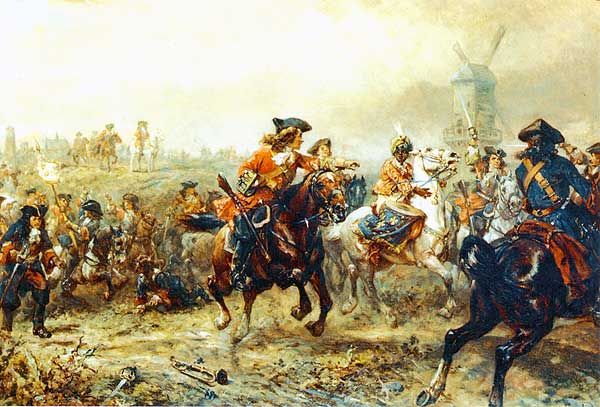The War of Spanish Succession began with Hapsburg King Charles II, the childless king of Spain. Through the 1690s, it seemed clear that his death was imminent. With no clear heir, the territories of Spain would be up for grabs.
Two powerful rulers, Louis XIV of France and Leopold of Austria both had links to the Hapsburg line, meaning that both countries had a legitimate claim to the Spanish throne. Louis and Leopold were both born to Hapsburg mothers and had both married Hapsburg princesses. However, the French princess, Maria Theresa, had renounced her claim to the throne. The Austrian princess, Maria’s sister Margaret Theresa, had done no such thing, and, in 1692, her daughter gave birth to Joseph Ferdinand, a legitimate male heir.
The balance of power was the crucial consideration during the lead up to the War of Spanish Succession (1702-1714). Most European leaders feared a Bourbon Spanish king because they did not want Louis to have control over the two most powerful nations in Europe. Louis, and other rulers as well, also worried about having the Austrian Hapsburgs in control of the Spanish throne again. In this tense atmosphere, there were many attempts made to end the succession crisis to the mutual gain of everyone.



